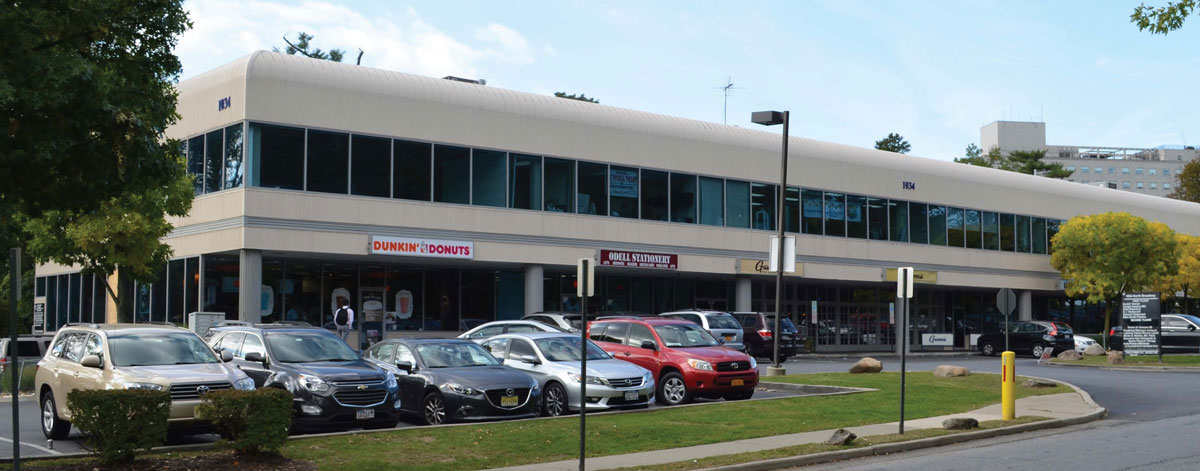Joseph Simone, President of Simone Development Says Attractive Place-Making is Essential to Life-Science Development
BRONX, NY (February 2022) — Simone Development Companies.Landscaping, urban design and public amenities are essential elements in successful life-sciences development, said Joseph Simone of Simone Development Companies.
“As we’ve seen at the emerging Manhattanville Factory District in West Harlem, the construction of a three-block pedestrian greenway along buildings containing wet labs and offices will enhance this innovation corridor, making it more attractive to tenants and their employees,” said Joseph Simone, president of Simone Development Companies.
West Harlem’s growth is fueled by Columbia University’s and the Manhattanville Factory District’s expansion into the formerly industrial neighborhood, transforming it into an educational and technological hub. The Manhattanville area lies north of 125th Street and east of Adam Clayton Powell Jr. Boulevard.
“Outdoor people habitats are important to technology and life-sciences companies because they employ knowledge workers who must be inspired to achieve breakthroughs,” said Joseph Simone. “These employees’ ah-ha moments can happen on a bike trail, in a flower garden or a beautifully designed public plaza.”
Published renderings for the Manhattanville Factory District greenway include trees, public seating and lawns that invite picnics or sunbathing. Simone Development Companies is pursuing a similar strategy at its Hutchinson Metro Center in the Bronx. The Hutchinson Metro Center’s proposed South Campus will include ball fields, lawns, seating areas and a greenway through the center of the development. The complex already has a health club, hotel and bicycle trails running along the Hutchinson River Parkway.
“Our proposed South Campus incorporates the latest thinking in public-space design,” said Joseph Simone. “We believe our landscaped and recreational areas will be must-have amenities for the medical technology and life-sciences firms that this complex will attract.”



